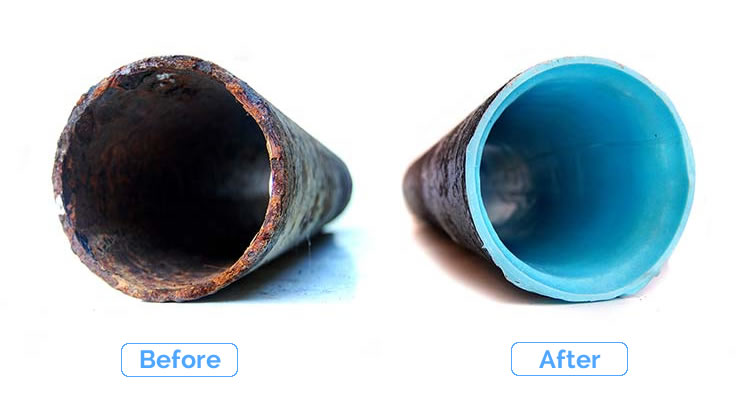How often does a pipe break when it is convenient? Never. When a pipe experiences damage such as a burst, break, or erosion, it is important to repair the damage as quickly and efficiently as possible. As a leader in this industry with over 20 years of experience, Advantage Reline offers advanced trenchless products and services—one being Cured-In-Place Pipe (CIPP).
How Long Does the Cured-In-Place Pipe Process Take?
We get it–when your pipes aren’t working properly, it’s generally something that needs to be taken care of as soon as possible. When your pipes are in need of repair, you may have to deal with water spewing into your home or place of business. Or You may even have to deal with your sewage leaking outside, which could deteriorate your structure or leak contaminants into the soil or local waterways. When a pipe breaks, you may not be the only person who suffers–it could negatively affect your entire community.
With the severity a pipe leakage can cause, it’s important to get the pipe section or pipe system back in working order as soon as possible. The traditional approach to pipe repair can take three to five days. CIPP can restore a damaged pipe within sixty minutes after it has been placed and begins the curing process. This specific method involves a trenchless entry in order to resolve the problem without causing additional damage to the already existing pipe as well as the outer environment.
The CIPP Process
One of our most-requested methods to repair a broken or leaking pipe system is through Cured-In-Place Pipe repair (“CIPP” for short). Due to the fact that CIPP repairs are a form of trenchless pipe repair, it means that your home or site or repair doesn’t suffer the same level of excavation that you might expect with pipe repair. Instead of sending large bulldozers, excavators, and teams of diggers to dig and locate the repair, we seek to make the level of invasion you have to deal with as small as possible. To carry out the trenchless repair, we first thread a small camera through the pipe system to get the full view of the damage, and how we can best strengthen the system–not just patch up the breakage. From there, CIPP restoration begins with a resin-filled liner being inserted into the damaged pipe. Resin is a liquid-like material that is made up of organic substances that can be manipulated to mold into durable products such as a new pipe. Once the liner has been placed, an inflatable bladder is placed inside the liner and expanded with air pressure (or sometimes steam) to attach the wet resin lining to the walls of the original pipe. There are a variety of curing methods that can be used based upon the severity of the damage to the system. Traditionally, hot water or steam is used to cure the lining into place. However, we find that in cases of severe damage, sometimes the most optimal solution is to cure the lining in place with UV light. Once the resin has cured (curation can be completed within 60 minutes) the bladder is then removed to reveal the finished product. The new pipe has now reinforced the durability of the old pipe and has extended the lifespan up to a minimum of 50 years.
This restoration method is a great option for those who have recognized the damage of the pipe is minimal to moderate—for example, a small 2-inch pipe or a large 56-inch municipal pipe. Not only is CIPP a structurally sound solution, but there is also no excavation needed and it can cure in less than 60 minutes. A Cured-In-Place Pipe essentially provides a brand new, durable pipe in a quick, efficient, and cost-effective way. We’ve seen how a CIPP repair can help protect homes, as well as invigorate businesses and communities. For more information on Advantage Reline’s CIPP solution, contact us today!






